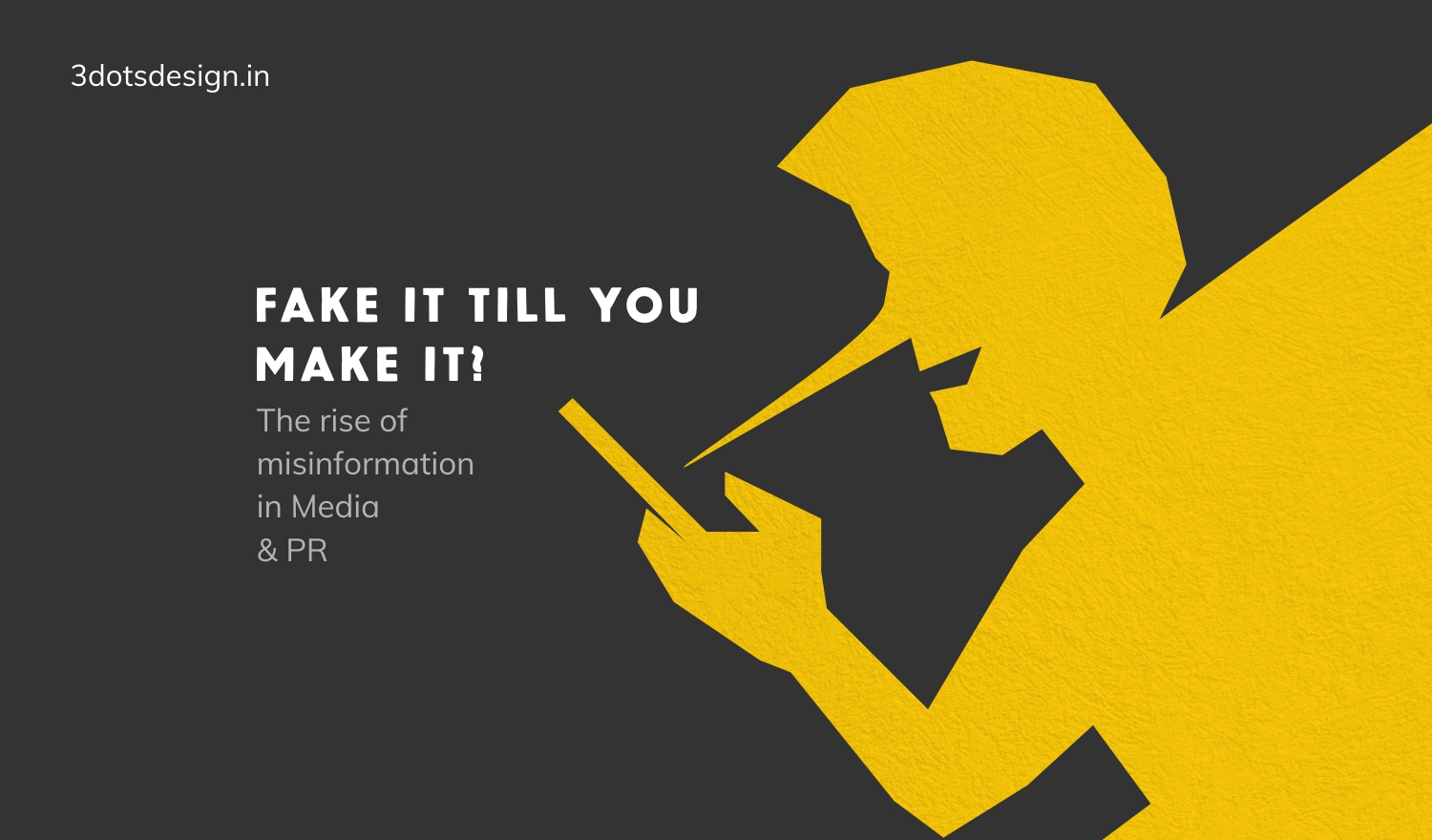The media-world, currently dominated by social media trends and influencers striving to capture attention, has shaken thanks to a recent incident involving Poonam Pandey. The recent uproar surrounding this fake death announcement has triggered a crucial discourse on media ethics and public relations, while pushing the industry to put its critical thinking skills to the test with questions about the boundaries of celebrity culture and sensationalism on digital platforms.
This incident not only exposes the incline of social media in disseminating information, but has also highlighted the blurring lines between genuine PR efforts and publicity campaigns. Faking news and pranking the audience aren’t new concepts in marketing. “Shockvertising” has been around for a long time. But it has surely gained traction in recent times, as a gimmick by brands to reach audiences and create awareness. Poonam Pandey isn’t the only one to resort to shockvertising in the recent past. A popular radio channel also announced its shutdown a few weeks ago, only to later unveil a strategic re-branding initiative. Nora Fatehi’s approach towards deepfake – for promotions and advertising of HDFC’s recent campaign aimed at raising awareness about financial fraud, also caused quite the stir.
However, brands should understand that there’s a fine line between shock and surprise. PR has often opted to brewing controversies and then revealing its part in campaigns to measure quick reach and gains. The difference lies in the way brands approach it. Along with deepfakes and their PR implications, brands should also take into consideration the brand image.
Shockvertising which exploits real-life tragedies and propagates fake news or misinformation disturbs the public’s trust in media and PR, while questioning the credibility and authenticity of the media world at every step going forward. Attention-grabbing tactics can be tempting, but it’s important to consider that the loudest noise isn’t always the most impactful. If not executed sensitively, it trivialises serious issues and offends the emotions of those involved.
And the truth is simple: Exploiting real tragedies and peddling misinformation isn’t ‘shockvertising,’ it’s simply bad. Cervical cancer is a serious issue, and opting for a publicity stunt is the wrong way to go about drawing attention to it. Raising awareness is crucial, but it shouldn’t come at the cost of exploiting grief and spreading harmful narratives. This wasn’t just about sparking conversations, it involved the emotions and lived experiences of countless families touched by cervical cancer. Respecting the pain audiences who have experienced firsthand, the pain of cancer with their loved ones, is and will always be basic human decency.
Using such a shock tactic surrounding a grave issue like death is exploitative and dilutes the seriousness of the issue. There were certainly better ways to raise awareness about cervical cancer.
The recent incident by Poonam Pandey and involved agencies didn’t raise awareness. It just raised hackles. Yes, people are talking about it, but at what cost? The conversation revolves more around ethics and disgust than the implied numbers and intent of taking action.
It has prompted reflection on the ethical implications of such a dramatic approach, especially when considering the growing trend of AI-generated content and misinformation. In a world where consumers rely on celebrities and influencers for authentic content this is a wake-up call for the industry to draw and redraw deep, the red lines for digital age hygiene. PR professionals and digital marketers are as much a part of this as journalists and news agencies.
As advertisers, we carry a huge responsibility – to create authentic narratives that contribute positively to society. Bold tactics, sensational headlines and clickbait shock value might get you numbers, but trust takes a lifetime to build and only transparency and ethical storytelling will earn you goodwill. One insensitive stunt can shatter this faster than you can imagine. And at its core lies the most important value – advertising isn’t deceitful and marketing cannot be built on a pile of lies. Shaking it is fine, faking it isn’t!
At 3 Dots Design, we have a nuanced understanding of human values and bring a multi-faceted approach to address the challenges faced by your brands. Our team of experts ensure that every communication we curate demonstrates your brand’s values and strengthens its reputation. Human values form the core of all our campaigns. To know more about our work, visit https://www.3dotsdesign.in/

